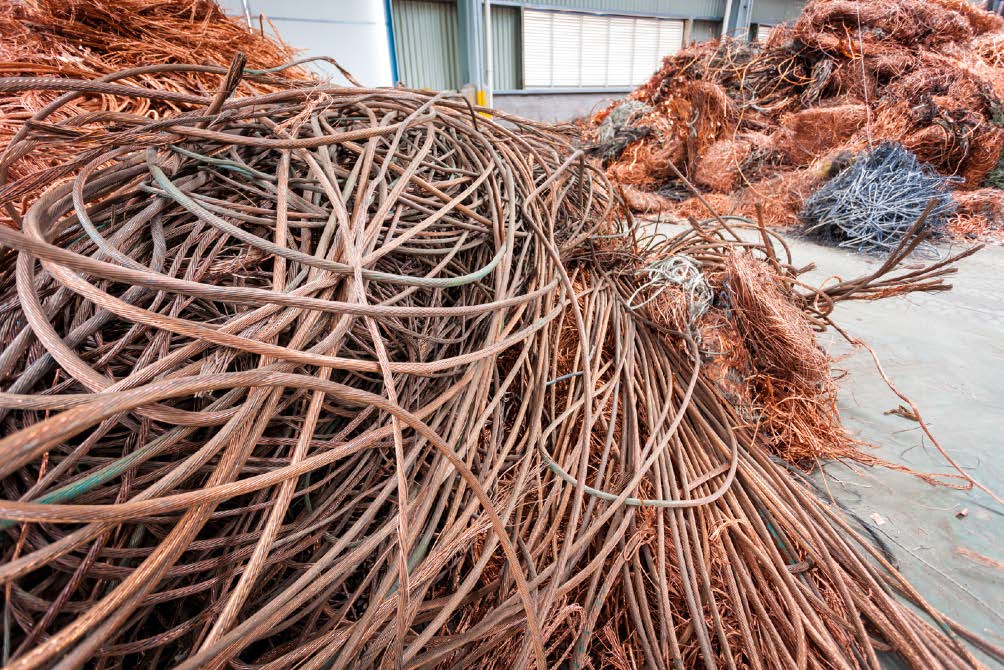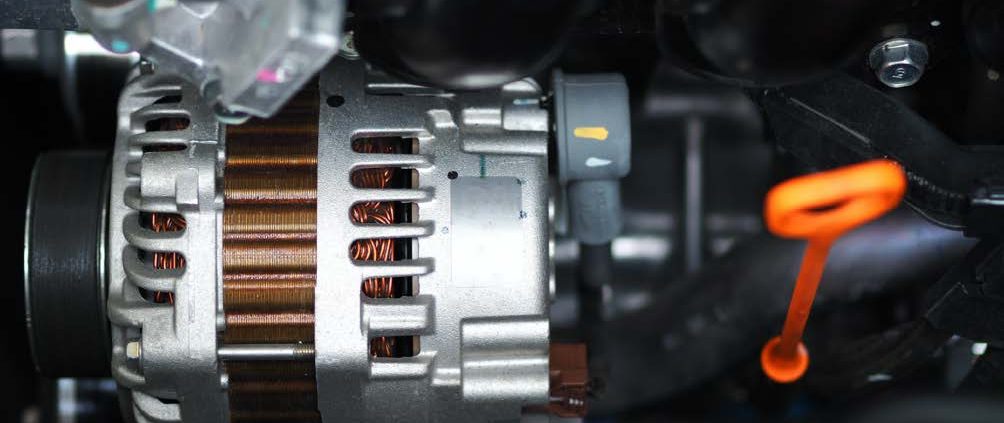Is Copper is a sustainable resource?
Applications and source of copper
The applications for copper is immense and it is one of the most commonly used base
metals and a reliable indicator of our economic health (Fastmarkets, 2022). One of the
least know applications is its importance in the renewable energies production and
specifically battery production for EV cars and technology surrounding the storage of
energy, to meet the challenges of Net Zero 2050. There are 390 primary copper mines in
the world according to McKinsey & Company (2022) with Chile hosting six of the largest
copper mines in the world. The Escondida mine produces 7% of all global production
(Mining.com, 2021) and with 54% of the worlds refined copper being used by China in
2020, its demand in the future does not seem to be declining.

Copper recycling
With copper following the global economic health it is no wonder that copper recycling is a huge business with the Chinese importing 1.69 million tonnes of copper and copper alloy scrap in 2021 (Fastmarkets, 2022). The fact that scrap copper ends up in China is starting to again impact on the secondary copper output at 2.257 million tonnes and this copper-recycling closed-loop system is starting to grow again as the restrictions on lower grade concept is more widely accepted by ‘climate-sensitive” customers. The large copper users and producers recently pledged to make recycled copper 25% of their total production by 2025.
Sustainability in using recycled copper
The extraction of copper will be required for years to come and it is a finite resource but the fact that it can so widely and easily be recycled offers a unique dimension to it as a product. It is also has a much lower percentage of contribution to GHG (Green House Gas) emissions (0.1%, Azevedo, M. et al. 2022) than other materials like steel, plastics and cement. In fact this ‘green premium’ product far exceeds the recyclability of plastic with only 17% of global production being recycled, although this is set to rise. Copper in
fact has a low-C02 market that is being driven by the EV market that is demanding this
type of material produced with much lower emissions. These innovations in products that seek to be more sustainable are benefiting the copper production market to drive it to be a much more sustainable product.


